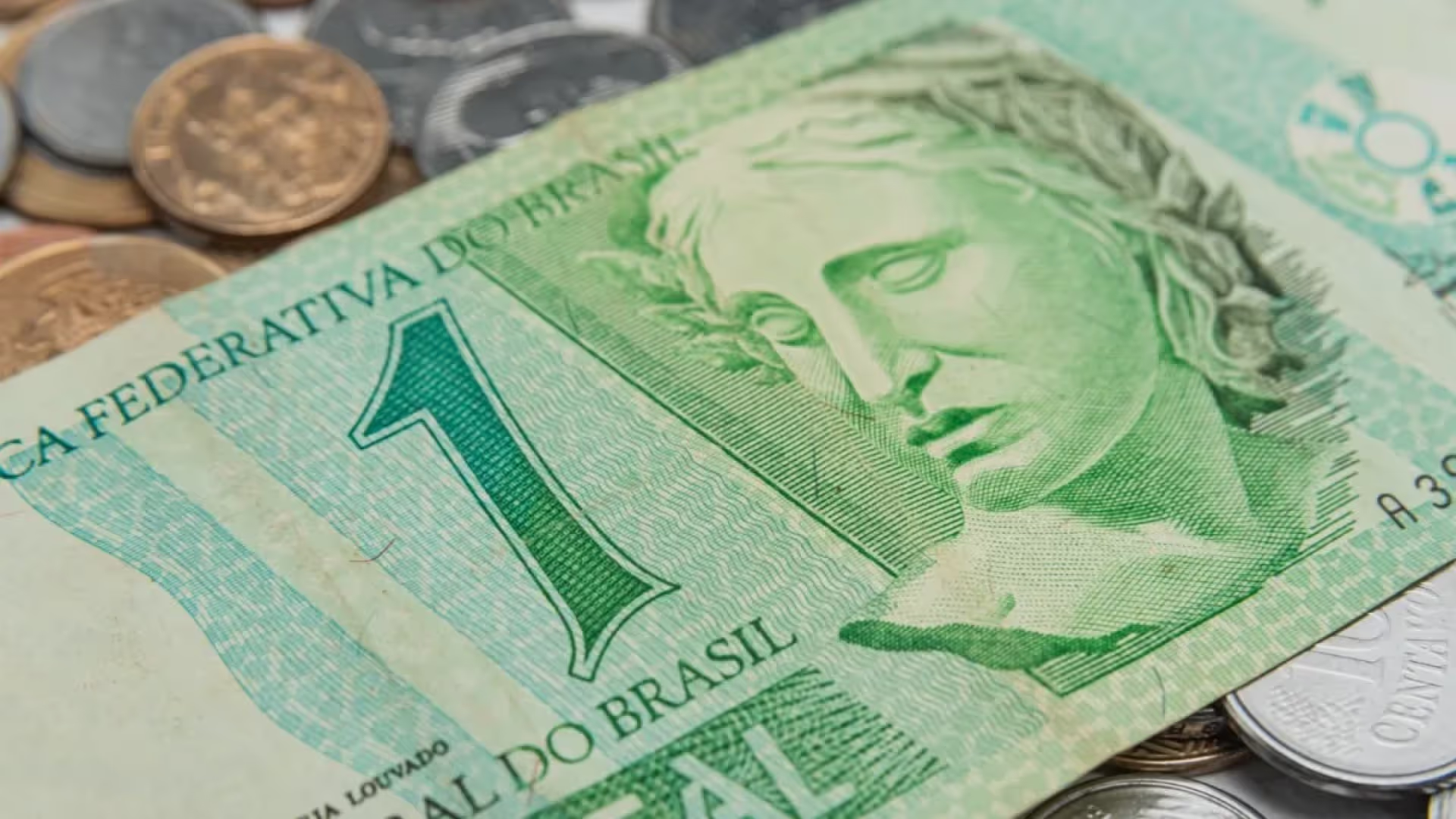Share this article
No items found.
No items found.

The definitive guide to expanding your business in LATAM.
A FREE 5-day email course that teaches you how to optimize your payment rates and simplify your operations.
Obtain the guide

In today's increasingly globalized world, understanding different currencies and their impact on international payments is vital for both individuals and businesses. One currency that has garnered significant attention in recent years is the Brazilian real (BRL). In this beginner's guide, we will delve into the intricacies of the Brazilian real and explore its role in the country's payments system.
The Brazilian real was first introduced in 1994 as part of the country's economic stabilization plan. Since then, it has become one of the most traded currencies in Latin America. The currency is symbolized by the abbreviation BRL and uses the decimal system, with one real divided into 100 cents.
As for the design of the Brazilian real, each banknote features prominent figures from Brazil's history and culture. For example, the R$100 bill shows the effigy of the famous writer Machado de Assis, while the R$50 bill pays tribute to the renowned architect Oscar Niemeyer. These banknotes serve not only as a medium of exchange, but also as a reflection of Brazil's rich heritage.
The Central Bank of Brazil is responsible for maintaining price stability and promoting the soundness and efficiency of the financial system. It implements monetary policies to control inflation, manages foreign exchange reserves and supervises financial institutions operating in Brazil.
One of the key tools used by the Central Bank to regulate the Brazilian real is the interest rate. By adjusting the interest rate, the Central Bank can influence borrowing costs, investment levels and, ultimately, overall economic activity in the country.
One of the key factors influencing the value of a currency is its exchange rate. In the case of the Brazilian real, the exchange rate can be fixed or floating. Let's explore the factors that influence the exchange rate of the Brazilian real and how it can impact international payments.
Several factors contribute to the fluctuation of the Brazilian real exchange rate. Economic indicators, such as inflation rates, interest rates and GDP growth, play a significant role in determining the value of the currency. Global economic conditions can also have a profound impact on the Brazilian real exchange rate. In addition, market sentiment can play a crucial role in determining the Brazilian real exchange rate.
When conducting international transactions involving the Brazilian real, it is essential to understand the currency restrictions imposed by the Brazilian government. These regulations seek to control capital flows and protect the stability of the currency.
Individuals and companies operating in Brazil must comply with foreign exchange regulations imposed by the government. These regulations dictate procedures for converting currencies, limitations on currency transfers and reporting requirements.
When visiting Brazil or conducting business in the country, understanding how currency conversion works is essential. Let's explore some tips for converting currency in Brazil to make sure you get the most out of your foreign spending.
When converting currency in Brazil, it is advisable to compare rates from different financial institutions to ensure the best rates. Consider using reputable exchange services that offer competitive rates and transparent charges.
To make informed decisions regarding the Brazilian real and international payments, it is important to have an understanding of the factors that may influence its future. Let's discuss some key factors that may affect the trajectory of the Brazilian real in the coming years.
Political stability, economic reforms, commodity prices and global economic trends are some of the factors that may impact the future of the Brazilian real. Monitoring these factors can provide information on possible developments, allowing individuals and companies to make informed decisions regarding international payments involving the Brazilian real.
Ready to simplify simplify your business transactions in Brazil?
Comprehensive services: Designed to help you expand throughout the LATAM region with ease.

.avif)